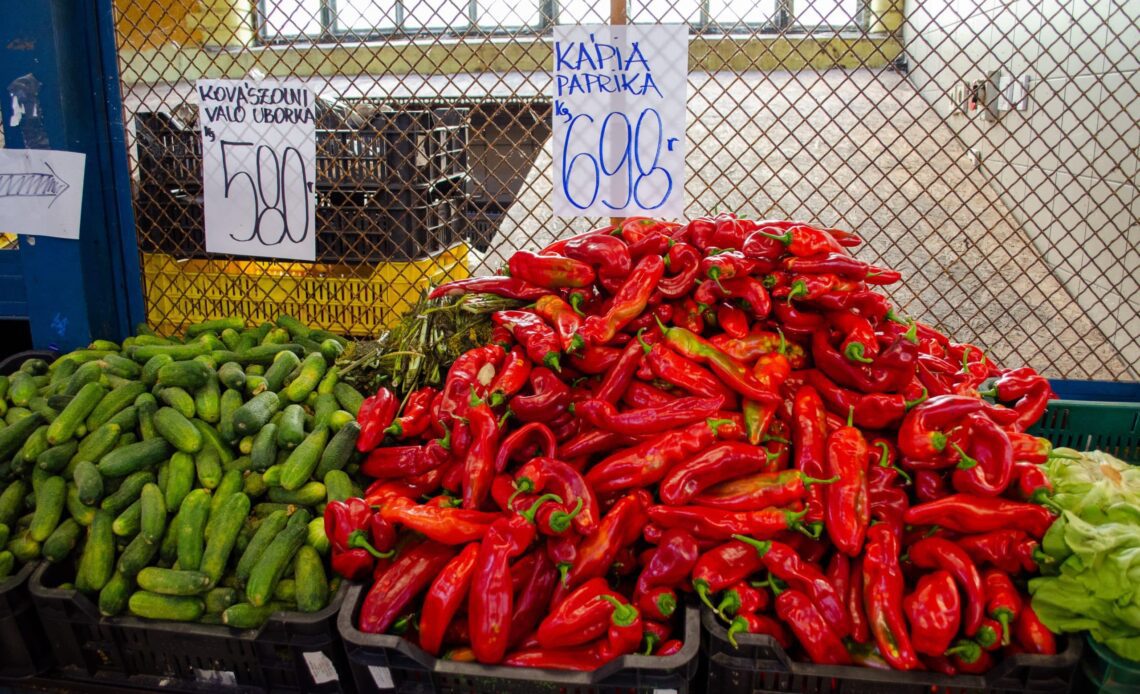Whenever I go travelling, buying souvenirs isn’t really on the top of my list. Sure, I might get a fridge magnet from an interesting place like Sanliurfa or maybe some nice fabric, but my favourite items to bring home from abroad are ingredients to cook with.
While I visited Hungary, I decided to do a bit of a deep dive into a spice that has always been in my kitchen, but I hadn’t really paid much attention to: paprika. Aside from thermal baths, perhaps what Hungary is best known for is the colourful red spice that is in many of its national dishes.
I’m now fully stocked with many different types of paprika, and here’s what I was able to learn during my recent trip to Budapest.
Why Is Paprika So Popular in Hungary?
Paprika, which is made from peppers, was introduced to Hungary by the Turks in the 16th century. Peppers were originally used as decorations, and not for cooking or making the spice.
Peasants, shepherds, and herdsmen who had more interaction with the Turks were first exposed to paprika as a foodstuff and spice, and began to season their meals with it. As time wore on, those in higher classes took note of using paprika in cooking, and began to use it, too.
Paprika has become a main ingredient in many of Hungary’s national dishes. You’ll notice a vibrant red or orange colour in gulyás (goulash), csirke paprikás (chicken paprikash), pörkölt (meat stew), and many other Hungarian dishes.
In Hungary, the most favourable growing regions for peppers are in the Kalocsa and Szeged regions in southern Hungary. Peppers need plenty of sunshine to ripen and become sweet, and the climate in these areas is perfect for the plant.
How Is Paprika Made?
Typically, ripe peppers are picked in September and then dried in electric ovens. Prior to the advent of automated machines, farmers would hang the peppers to dry in the sunshine or place them in hot ovens.
Once the peppers have been thoroughly dried out, they are crushed and ground into a fine powder. This process used to be done by foot and with a mortar and pestle, but that manual process has since been replaced with automatic machines.
Originally, it was difficult to control the heat level of paprika, as the veins and seeds of the peppers had to be manually removed prior to being ground. Some capsaicin, which is what makes peppers spicy, always remained in the powder,…
Click Here to Read the Full Original Article at Prince of Travel…
